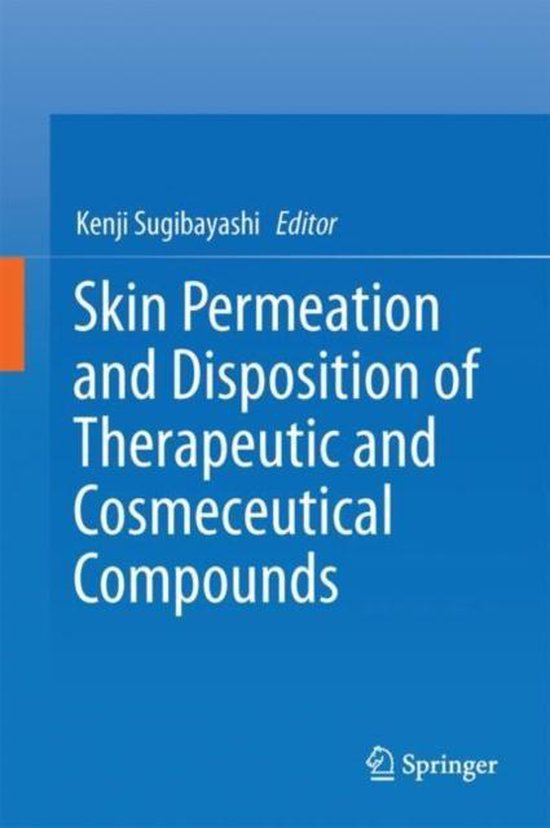Parts 5 and 6, “Safety Assessment of Topically Applied Compounds“ and “Experimental Methods of Skin Permeation“, respectively, show safety issues and experimental methods for topical formulations.
The final part consists of comments on therapeutic and cosmetic formulations by medical doctors and pharmacists.
This book reviews skin permeation and disposition of chemical compounds. Skin is utilized as an administration site for transdermal drug delivery systems, topical drug formulations, cosmeceuticals, and cosmetics. Their usefulness is closely related to the permeation and disposition of entrapped active ingredients through and into the skin. Skin permeation, disposition, and metabolism of chemicals are first summarized in the general introduction. Then primary topical formulations are explained in the second part, “Basic Formulations Applied to Skin”. The explanation for the active compounds and formulations are of the most important parts required to fabricate these formulations. Skin absorption of chemicals is generally much lower than oral and the other mucosal absorptions, so that skin-penetration enhancement is a key issue to have good formulations topically applied. Part 3 presents “Skin Penetration Enhancement”. In addition, Part 4, “Selection of Topically Applied Chemical Candidates”, deals with selection methods of topically applied ingredients for
transdermal drug delivery systems, topical drug formulations, cosmeceuticals, and cosmetics. Parts 5 and 6, “Safety Assessment of Topically Applied Compounds“ and “Experimental Methods of Skin Permeation“, respectively, show safety issues and experimental methods for topical formulations.
The final part consists of comments on therapeutic and cosmetic formulations by medical doctors and pharmacists. Their comments are especially helpful for pharmaceutical and cosmetic researchers who study dermatopharmacokinetics and topical formulations.
This volume is particularly useful for those working in R&D, graduate students, and educators in the area of pharmaceutics, cosmetic sciences, dermatological sciences, pharmacology, toxicology, biopharmacy, pharmacokinetics, physical pharmacy, chemical engineering, and related fields.
